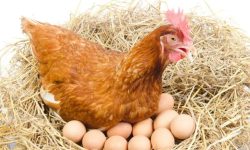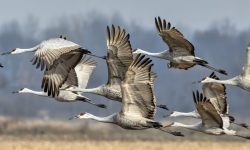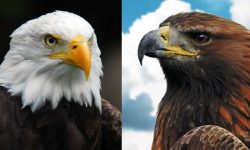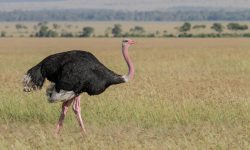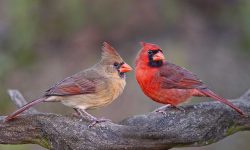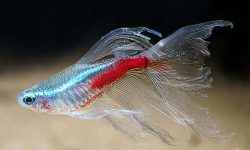Deer are graceful, elusive animals that have captured human fascination for centuries. Whether glimpsed in a dense forest or grazing quietly in a meadow, these creatures evoke a sense of peace and mystery. But when multiple deer come together, what are they called?
In this detailed guide, we will not only answer that question but also dive deep into deer behavior, social structures, different species, and much more. Get ready to discover everything you ever wanted to know about groups of deer!
What Is a Group of Deer Called?
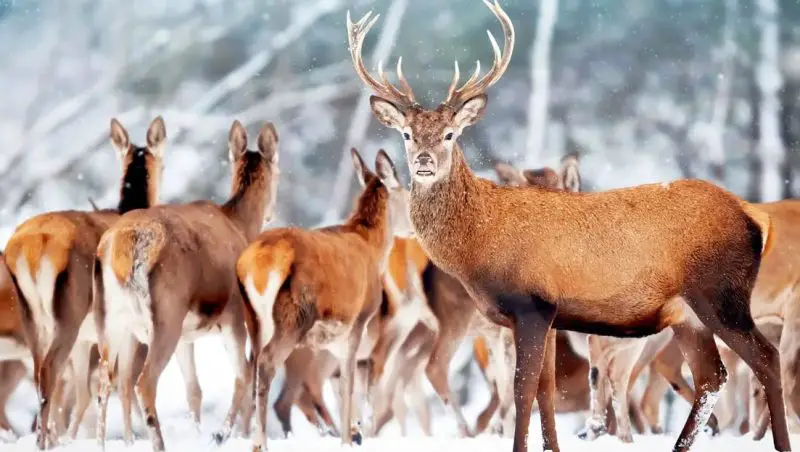
The most common term for a group of deer is a herd. This word is widely used to describe groups of hoofed mammals, and deer fit neatly into this category. However, depending on the species, setting, and sometimes local tradition, groups of deer may also be referred to as a bevy, rangale, or parcel.
Why “Herd” Is the Most Common Term
The word “herd” originates from Old English and Old German roots meaning a collective of domestic or wild animals. It naturally fits deer, who are social creatures that often move, graze, and rest together for protection and companionship. Herds offer deer increased safety from predators and help them find food more efficiently.
Other Collective Nouns for Deer
While “herd” is the standard, you might also encounter:
-
Bevy: Used for smaller groups, especially when the deer are not migrating or moving.
-
Parcel: An old-fashioned term that sometimes refers to a small group of deer in hunting contexts.
-
Rangale: A rarer word, historically used to describe a group of stags.
These variations reflect the rich history of English collective nouns, many of which date back to medieval hunting terminology.
Social Structure of Deer Herds
Deer are not randomly organized when they group together. Their herds often have a complex social structure that reflects their needs, age, sex, and environmental conditions.
Composition of a Typical Deer Herd
In most deer species, herds are matriarchal. A typical herd often includes adult females and their young offspring. Males, especially mature stags or bucks, tend to live separately for much of the year, only joining females during mating season, known as the rut.
Seasonal Changes in Herd Structure
Deer herds change dramatically with the seasons:
-
Spring and Summer: Female-led herds with fawns are common, while males often form smaller bachelor groups.
-
Autumn (Rut Season): Males join herds of females to compete for mates, resulting in larger, mixed-sex groups.
-
Winter: Deer may form even larger groups to conserve warmth and survive harsh weather.
These seasonal shifts in herd dynamics showcase deer’s adaptability and social intelligence.
Why Do Deer Form Herds?
Grouping together offers deer a range of survival benefits, from increased safety to better resource access.
Protection Against Predators
The most critical reason deer form herds is for protection. In a group, there are more eyes and ears to detect predators like wolves, coyotes, or mountain lions. The herd can react quickly to threats, with individuals alerting each other through body language and vocalizations.
Improved Foraging Opportunities
Being in a herd also helps deer locate food. They can cover larger areas more effectively and learn from each other where to find the best grasses, shrubs, and other vegetation.
Social and Reproductive Advantages
Social interactions within the herd are vital for reproductive success. Young deer, or fawns, learn essential survival skills by watching older members. During the rut, males must be part of herds to find mates and pass on their genes.
Collective Nouns for Different Deer Species
While “herd” is universally accepted, some deer species inspire slight variations in terminology or have interesting social behaviors worth noting.
White-Tailed Deer
For white-tailed deer, the term “herd” is most commonly used. These deer are highly social, particularly in colder regions, where they group together in winter “yarding” behavior to survive the snow.
Mule Deer
Mule deer, primarily found in western North America, also form herds, but they may be smaller compared to their white-tailed cousins. Bachelor groups of bucks are particularly noticeable outside the mating season.
Red Deer
In Europe and parts of Asia, red deer form large herds, especially during the rut. The dominant male, called a stag, will gather and defend a group of females known as a harem.
Reindeer (Caribou)
Reindeer or caribou are perhaps the most famous for their massive herds, sometimes numbering in the thousands during migration. Here, the term “herd” truly captures the scale and grandeur of their movement.
Fallow Deer
Fallow deer, introduced to many countries for hunting and ornamental purposes, often form herds that vary significantly in size depending on habitat quality and hunting pressures.
Fascinating Facts About Deer Herds
The more you learn about deer groups, the more fascinating they become. Here are some amazing facts you might not know.
Communication Within the Herd
Deer are surprisingly communicative animals. They use a combination of:
-
Body language: Such as tail flagging to signal danger.
-
Vocalizations: Including grunts, bleats, and snorts.
-
Scent marking: Especially during the mating season to establish dominance and attract mates.
These communication methods help maintain herd cohesion and ensure survival.
Leadership Roles
In many deer species, older, more experienced females often lead the herd. Their knowledge of migration routes, food sources, and danger spots is invaluable to the group’s success.
Migration Patterns
Some deer herds undertake seasonal migrations to find better grazing grounds. Caribou herds, in particular, travel thousands of miles every year, one of the longest land migrations of any mammal.
Deer Behavior Within Herds
Understanding how deer behave within their groups gives even deeper insight into their social nature.
Hierarchies and Dominance
Within a herd, deer establish hierarchies. Dominant individuals often get first access to food, better resting spots, and, during the rut, more mating opportunities. These hierarchies are established through subtle displays, occasional sparring, and behavioral cues.
Mother and Fawn Relationships
Fawns are born in spring and quickly become the center of the herd’s attention. Mothers are fiercely protective, and fawns learn essential survival behaviors by closely observing adults around them.
Grooming and Bonding
Mutual grooming strengthens bonds between herd members. Deer will often groom each other’s neck and back areas, helping remove parasites and reinforcing social ties.
How Herd Size Varies
Not all deer herds are the same size. Herd size depends on several factors:
-
Species: Some deer are naturally more solitary.
-
Season: Larger groups form in winter for warmth and protection.
-
Habitat: Dense forests typically support smaller groups, while open plains can sustain large herds.
-
Predator Pressure: In areas with many predators, larger herds are favored for safety.
Understanding these variables helps explain why you might see a lone deer one day and a group of twenty the next.
Historical and Cultural Significance of Deer Herds
Deer herds have played an important role in human culture, mythology, and history.
Deer in Mythology
In many cultures, deer represent grace, renewal, and gentleness. Herds of deer are often associated with spiritual journeys, fertility, and the natural world’s harmony.
Medieval Hunting Traditions
In medieval Europe, hunting deer was a royal pastime. Specialized terms, like “bevy” and “rangale,” emerged to describe groups of deer, especially during the hunt. Knowing these terms was a mark of noble education.
Modern Symbolism
Today, deer herds symbolize community, protection, and the beauty of living in harmony with nature. They remain a potent image in literature, film, and art.
Observing Deer Herds in the Wild
If you’re lucky enough to observe a deer herd in the wild, here are some tips to enhance your experience.
Best Times to See Deer Herds
Deer are crepuscular, meaning they are most active at dawn and dusk. Early morning and late afternoon are the best times to spot herds grazing or moving.
Where to Look
-
Forest edges: Where cover meets open grazing land.
-
Fields and meadows: Especially in early morning or evening.
-
Near water sources: Deer need regular access to water, so rivers, lakes, and ponds are good spots.
Ethical Wildlife Watching
Always maintain a respectful distance. Use binoculars for close-up views, stay quiet, and never attempt to feed wild deer.
Conclusion: A Herd by Any Name
So, what is a group of deer called? The answer is most commonly a herd, though fascinating alternatives like bevy, parcel, and rangale enrich our language and our appreciation of these majestic animals.
Understanding the social structure, behavior, and cultural significance of deer herds adds even more depth to our encounters with them. Whether you spot a small family group in a forest clearing or a great migration of reindeer across tundra plains, remember that you are witnessing one of nature’s most elegant communities.

